Honourable Ministers, Special Advisers, Senior Special Assistants, The Permanent Secretary of the Federal Ministry of Power and other Permanent Secretaries here present, the Heads of Government Agencies and Parastatals, Directors of the Ministry of Power, Other Government Senior Officials, Gentlemen of the Media, Distinguished invited guests, ladies and Gentlemen. Good morning.It is a great honour to stand before you to present the Federal Ministry of Power’s performance for the first quarter of 2025. As the saying goes, True progress is measured not by promises but by results delivered — and by the lives we improve along the way.I will start with an overview of the Nigerian Power Sector Stakeholders:Since the beginning of this year, we have focused on delivering measurable progress that strengthens the power sector and improves electricity access across the country. Working collaboratively with our agencies, partners, and the private sector, I am proud to highlight key milestones achieved over the past 100 days.Firstly, let me begin with our progress in Market Liquidity and Sector Reforms, which are reshaping our sector’s landscape.In fulfilment of the statutory mandate of the Electricity Act 2023, the Federal Government, through the Federal Ministry of Power, developed the National Integrated Electricity Policy (NIEP). These transformative frameworks set a clear roadmap for delivering a resilient, cost-effective, and sustainable power sector. The NIEP, which was presented to Mr. President, has been submitted for approval by the Federal Executive Council of Nigeria. This Policy guides all power sector actors, including investors, operators, regulators, and the supervising Ministry, to transform Nigeria’s power sector through a data-driven and evidence-based approach. Another major milestone was the presentation of the Integrated Resource Plan (IRP), a strategic roadmap that prioritises least-cost electrification and optimised energy resource utilisation. Collectively, the National Integrated Electricity Policy (NIEP) and the Integrated Resource Plan (IRP) present a unique opportunity to transform Nigeria’s power sector through a data-driven and evidence-based approach. Beyond strengthening the sector, these frameworks have far-reaching economic implications, directly impacting supply reliability to small and medium-sized enterprises (SMEs) and large industries, reducing operational disruptions caused by power shortages, fostering economic growth and job creation, and accelerating local and regional development. Our commitment to energy access was further demonstrated when we signed the Nigerian Energy Compact in January in Dar es Salaam, Tanzania. This initiative, led by the World Bank and the African Development Bank, aligns with our aspiration to expand energy generation. The target of M300 is to extend energy access to an additional 300 million Africans by 2030 out of the 600 million currently lacking access. This initiative will be realised based on a five-pillar strategy: expanding generation, strengthening utilities, incentivising private investment, accelerating renewables, and boosting regional integration. The Compact sets ambitious goals to enhance electricity access, increase renewable energy adoption, and improve clean cooking solutions for millions of Nigerians. Furthermore, it is evident that, due to our transformative tariff reforms, the market has generated an additional ₦700 billion in revenue, reflecting a 70% increase. This results from the cost-reflective tariff adjustment for Band A customers. Market revenue for 2024 rose from NGN 1 trillion in 2023 to NGN 1.7 trillion. This growth in market revenue is unprecedented, as the highest growth previously achieved was 20%. This positively impacts the reduction of the government-subsidised tariff shortfall by 35%, decreasing it from NGN 3 trillion to NGN 1.9 trillion. This demonstrates that financial viability and service delivery can coexist harmoniously.The establishment of the National Independent System Operator (NISO) marks a major milestone. This is in line with the requirement of the Electricity Act of 2023 which mandates the unbundling of the Transmission Company of Nigeria into the Transmission Service Provider (TSP) and the National Independent System Operator (NISO). This separation ensures clarity of purpose and independence of the System and Market Operators. It is important to note that this initiative has been attempted severally in the past with failures recorded, but under the Renewed Hope Agenda of Mr President, His Excellency, President Bola Ahmed Tinubu GCFR, the Board of NISO was inaugurated by the Vice President on April 8th, which will now independently manage grid operations to enhance efficiency and reliability.In alignment with the Electricity Act, in the past months, regulatory oversight has now been successfully transferred to Plateau and Niger States, enabling subnational control over electricity markets – 11 states in total.Furthermore, regarding market liquidity, the diligent efforts of the Nigerian Electricity Liability Management Company have resulted in the reconciliation and reduction of Federal MDA debts owed to Abuja DisCo by 47.4%, decreasing from ₦15.53 billion to ₦8.17 billion.GenerationOne of the major focuses of the Power sector is to improve generation and increase energy access. Over the past months, we have continuously made progress in generation through some of the following initiatives I will be highlighting;On 2 March 2025, Nigeria reached a remarkable generation available capacity of 6,003 MW, marking the first time this level had been recorded in the country’s history. This achievement was followed by a peak generation evacuation of 5,801.44 megawatts on 4 March 2025, which also saw an impressive daily energy output of 128,370.75 megawatt-hours on that day. The average daily power generated and distributed in the past quarter of 2025 was 5,700 MW compared with the 4,100 MW achieved in the third quarter of 2023. This indicates a growth of 1,600 MW, nearly 40% growth since we assumed office at the Ministry. Given that it took the country almost 40 years to achieve an incremental 2,000 MW average energy, we accomplished this in less than two years. Through targeted interventions by the new management of the Niger Delta Power Holding Company, we’ve been able to restore 232.5 megawatts of previously idle capacity from our Omotosho and Benin plants. Additionally, NDPHC has carried out the construction, improvement, and installation of 14 Transmission lines across the country, as well as the rehabilitation of the existing TCN 2 x 132kv line bay extension at TCN Papalanto substation (lot 14) Papalanto Ogun state and 330KV DC AFAM – Ikot Ekpene Transmission Line 65KM (LOT 4A)Across Plateau, Cross River, Niger, Oyo and Osun States, new off-grid and interconnected mini-grid projects were commissioned, supplying thousands of households with clean energy. Some locations include;550KWp at Bakin Ciyawa and Kwande communities in Plateau440kWp Mini-Grid in Cross River State990kW Mini-grid to Power 3,900 Households in Niger State510KwP solar hybrid mini-grid in communities in Osun StateIn addition to their impressive generation initiatives, Sun Africa Energy and Skipper Electric are keen to invest in Nigeria’s power sector, emphasising renewable generation and grid expansion. Their proposals are currently being reviewed and evaluated. This will facilitate the integration of solar energy into the national grid instead of conventional hydro and thermal generation, enhancing overall generation capacity and ensuring energy security. Furthermore, the process of full evacuation from the Zungeru and Kashimbila hydropower plants is underway. Zungeru currently evacuates 550MW out of the 700MW capacity, while Kashimbila evacuates 40MW of the 40MW available capacity.We are in the initial phases of developing the Makurdi hydro project and revitalising the Kaduna thermal plant, both of which will enhance power generation on the grid. Makurdi holds the potential for significant hydropower generation of approximately 1500MW. The Kaduna thermal plant is 87% finished and has a capacity of 215MW; it was inactive for about six years prior to the current administration. Efforts are underway to restore this plant, which is expected to be operational by the end of the year. Feasibility studies for concessioning the Kastina wind farm, which has a capacity of 10MW and was previously abandoned, are currently underway in partnership with the Kastina State Government and the private sector. In addition, we are evaluating the wind energy potential of the coastal areas alongside the development of the Lagos-Calabar Coastal Highway initiated by Mr. President.Furthermore, in terms of generation, Nigeria has a 14GW capacity potential of hydropower but only utilises about 20%. As a result, we are working on a hydropower plan for small hydro dams under the Sustainable Power and Irrigation in Nigeria (SPIN) program. Additional studies are ongoing, as well as studies on small hydro potential across strategic corridors—Badagry to Sokoto Highway.Lastly, we are discussing establishing frameworks for private sector participation in investment in the national grid. Transmission Expansion and Grid StabilityTowards the end of 2024, we observed several grid disturbances that created significant pressure for us to enhance grid stability. However, in the first four months of 2025, we have not recorded any major grid disturbances. This is due to our transformative transmission projects like the;The Presidential Power Initiative (PPI) Pilot Phase delivered infrastructure across 13 locations, adding 700MW to the national grid. These locations include;Abuja FCT – Power TransformerKogi State – Power TransformerDelta State – Power TransformerEdo State – Power TransformerPlateau State – Power TransformerLagos State – Mobile SubstationKebbi State – Power TransformerNiger State – Mobile SubstationKano State – Mobile SubstationLagos State – Power TransformerLagos State – Power TransformerOyo State – Mobile SubstationOgun State – Mobile SubstationDue to the success of the pilot phase, we have the approval of the President and the FEC to proceed to Phase One of the PPI Project. Hence, contracts have been signed with Siemens, CMEC, Elswedy and Power China – and financing arrangements are at the advanced stages to support implementation.Nigeria’s transmission network currently comprises 92 lines at 330kV covering 9,504.5km and 141 lines at 132kV spanning 8,557.9km, interconnected through our 57 existing 330/132/33kV and 186 132/33kV substations. This backbone infrastructure is supported by 91 power transformers at 330/132/33kV voltage levels with 14,978MVA capacity, and 392 transformers at 132/33kV providing 19,238MVA capacity – collectively enabling our grid’s 8.7GW operational capacity.To strengthen this critical network, TCN commissioned 61 new transformers totalling 5,589MVA in 2024, followed by 9 additional transformers adding 1,637.5MVA in Q1 2025 across key locations including Lagos, Benin, Bauchi, Osogbo, Kano and Kaduna. (The list of the sites is projected on the deck).With NGN 25 billion allocated in the 2025 budget to complete all outstanding transmission projects, we are systematically addressing infrastructure gaps to deliver a more resilient and capable national grid.Another remarkable initiative is the progress made to regionalise the national grid. The Eastern and Western Supergrid approvals currently in progress will revolutionize our national grid – reducing failures and creating redundancy. The Eastern and Western Supergrid will facilitate the regionalization of the National grid as more loops will be established for grid efficiency. The unbundling of TCN into NISO and the Transmission Service Provider (TSP) is now operational—strengthening governance, enhancing performance, and increasing investor confidence in the sector.Distribution: Closing the Access GapIn the distribution area, we have made significant strides in closing the metering gap and expanding last-mile electrification—two fundamental pillars that ensure fair billing, boost revenue recovery and bring power to underserved communities. These initiatives are transforming our distribution landscape from estimated consumption to measured accountability and from energy exclusion to universal access. Let me now highlight our key achievements in this vital sector;The launch of the Presidential Metering Initiative, backed by a ₦700 billion FAAC allocation. A new SPV has been set up with the board fully constituted to lead implementation. We target 1.1 million meters by the end of 2025, with 2 million annually for the next five years and the procurement process has started.Through the World Bank-funded Distribution Sector Recovery Program (DISREP), over 3.2 million meters will be procured and installed alongside meter data management solutions for DISCO optimisation. The first batch of 75,000 meters under ICB1 arrived in April, with 200,000 more expected in the month of May 2025.Lastly, the Distribution Companies (DisCos) are currently undergoing restructuring aimed at enhancing service delivery and operational efficiency. Furthermore, new acquisition and management modifications are being implemented, while the Nigerian Electricity Regulatory Commission (NERC) is reinforcing the performance matrix for the DisCos. Renewable Energy, Rural Electrification and Energy Transition Nigeria continues to lead on renewable initiatives to the vanguard of Nigeria’s energy transition – powering sustainable development while bridging the energy access gap. This quarter, we’ve accelerated our transition to clean energy solutions while bringing electricity to underserved communities through innovative off-grid systems. These efforts align with our commitment to climate action, energy security, and inclusive growth – ensuring no Nigerian is left behind in our journey toward a sustainable energy future. Let me now highlight our transformative progress in these critical areas;Launched by the Federal Government, the Energizing Education Programme (EEP) was designed to provide a reliable power supply to 37 federal universities and seven affiliated teaching hospitals across Nigeria. EEP phases 1 and 2, implemented in collaboration with the World Bank, have been successfully completed, and the EEP III Universities implemented in collaboration with AFDB are about 70% complete. These will collectively add a total of 100MW of clean energy. (The list of the sites is projected on the deck).Another remarkable initiative is the Distributed Access through Renewable Energy Scale-up (DARES) project, which is a $750 million initiative funded by the World Bank which aims to scale up Nigeria’s energy access gap by providing new or improved electricity supplies to more than 17.5 million Nigerians. This initiative aims to increase access to electricity services for households and small and medium businesses with private sector-led distributed renewable energy generation and encourage Productive Use of Energy (PUE). The proposed project is a part of the World Bank’s comprehensive, programmatic engagement in Nigeria’s power sector to help the FGN realise its ambitious Energy Transition Plan (ETP) vision.Through the Africa Mini-grid Program, we’ve secured $5.91 million in grants for 23 projects. Our partnership with 10 RESCOs will deliver 948 megawatts of new renewable capacity.In a landmark achievement, we’ve signed an agreement with Oando Clean Energy for a 1.2 gigawatt solar plant with panel recycling capabilities, ensuring Nigeria doesn’t just consume solar technology but participates in its full lifecycle.Human Capital and Local Content DevelopmentWe’ve commissioned the JICA demonstration substation for hands-on training, while 387 power sector professionals have enhanced their skills through our capacity-building programs.The completion of National Meter Test Stations in Kano and Benin—now undergoing equipment installation—will ensure that Nigerian-made meters meet global standards.Furthermore, regarding local content development, the public finance provided through the Rural Electrification Agency, under the oversight of the Ministry of Power, has significantly expanded the renewable energy market. This is driving the growth of local content within the country. The grants have strengthened the confidence and operations of developers, thereby encouraging local manufacturing and assembly. Engagement is ongoing with the Solar Energy Manufacturers Alliance of Nigeria to enhance localised manufacturing and assembly. Amidst all these remarkable achievements are some challenges faced by the power sector; these include;Firstly, the huge outstanding debts to the Power Generation companies in the form of unpaid government subsidies totalling N4trn as of December 2024. N1.94trn is the unpaid subsidy for the year 2024 alone, which is now about N200m monthly. While we recognise the concerns of electricity consumers, we must collectively acknowledge that maintaining the current tariff structure is unsustainable for both the government and the sector’s long-term viability. The current subsidy regime significantly strains public resources that could be invested in improving service delivery and infrastructure. We are committed to working transparently with all stakeholders to implement necessary adjustments that balance affordability with the financial sustainability required to provide reliable power for all Nigerians.Another daunting challenge we must collectively address is the rampant vandalism of critical power infrastructure across the nation, coupled with widespread electricity theft and chronic non-payment of bills. These criminal acts not only disrupt the power supply to entire communities but also impose enormous financial burdens on the sector – losses we estimate at hundreds of billions of naira annually. From destroyed transmission towers to tampered meters and illegal connections, these activities undermine our ability to deliver reliable electricity and reinvest in infrastructure improvements. We are taking decisive action through enhanced security partnerships, community engagement programs, and stricter enforcement measures, but this remains a battle that requires the vigilance and cooperation of all Nigerians to protect these vital national assets that belong to every one of us.Finally, we must also address the critical issue of poor investment by some sector operators, particularly in distribution infrastructure. This investment gap remains a significant bottleneck in our sector’s transformation, and we are implementing stronger performance monitoring and enforcement mechanisms to ensure all licensees meet their obligations to consumers and the electricity market.In Conclusion,Our journey is just beginning, but we are proud of the foundation laid in the first 100 days of 2025. These achievements are not just statistics—they represent new jobs, improved livelihoods, and better prospects for our economy and citizens – But our work has only begun.As we continue with our mandate, the Federal Ministry of Power remains committed to a people-centred, reform-driven, and results-based approach to transforming Nigeria’s power sector.Thank you, and may God bless the Federal Republic of Nigeria.
PROSE BY THE HONOURABLE MINISTER OF POWER ON THE PRESENTATION OF THE FIRST 100 DAYS PERFORMANCE REVIEW (Q1 2025)
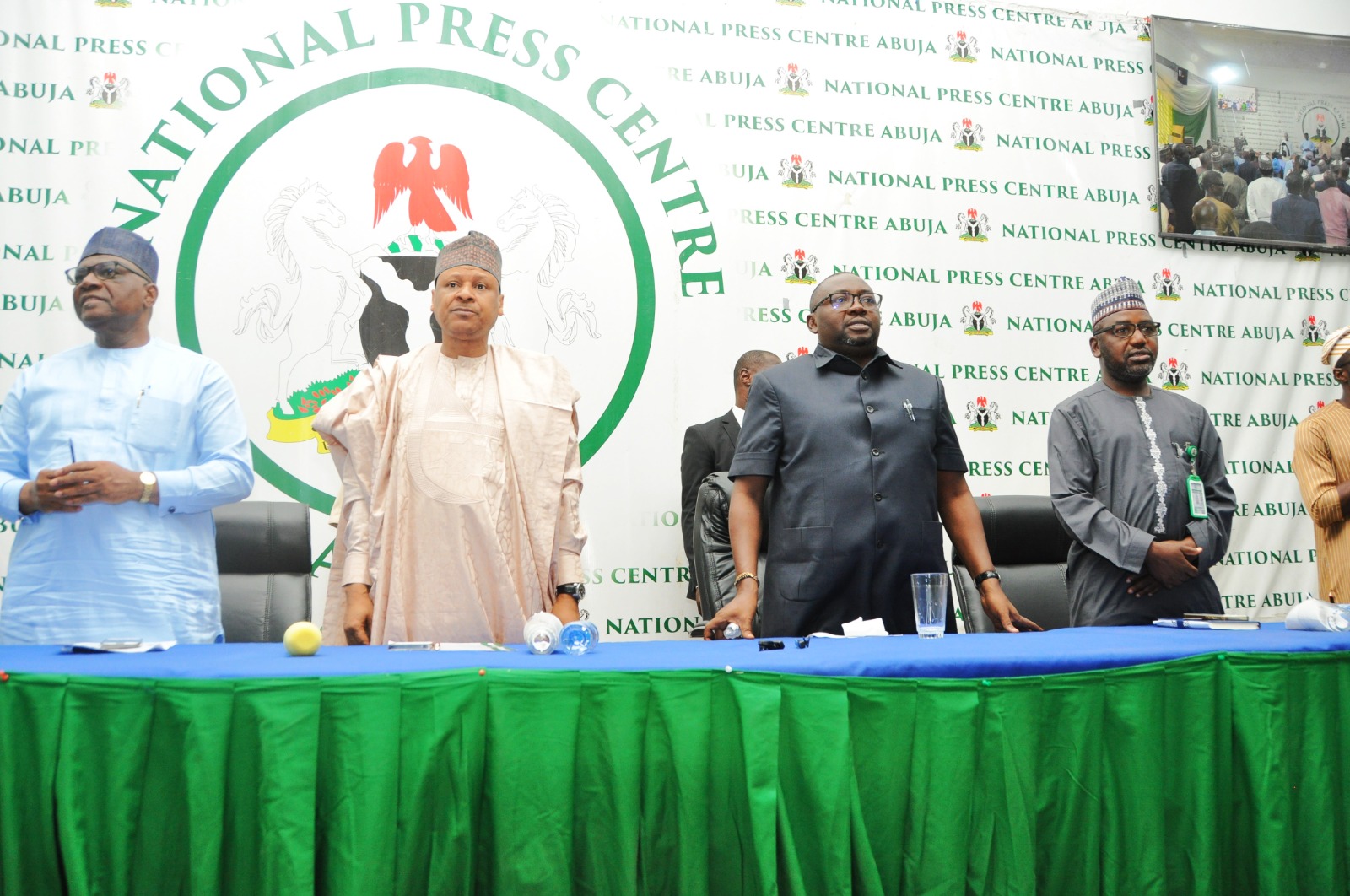


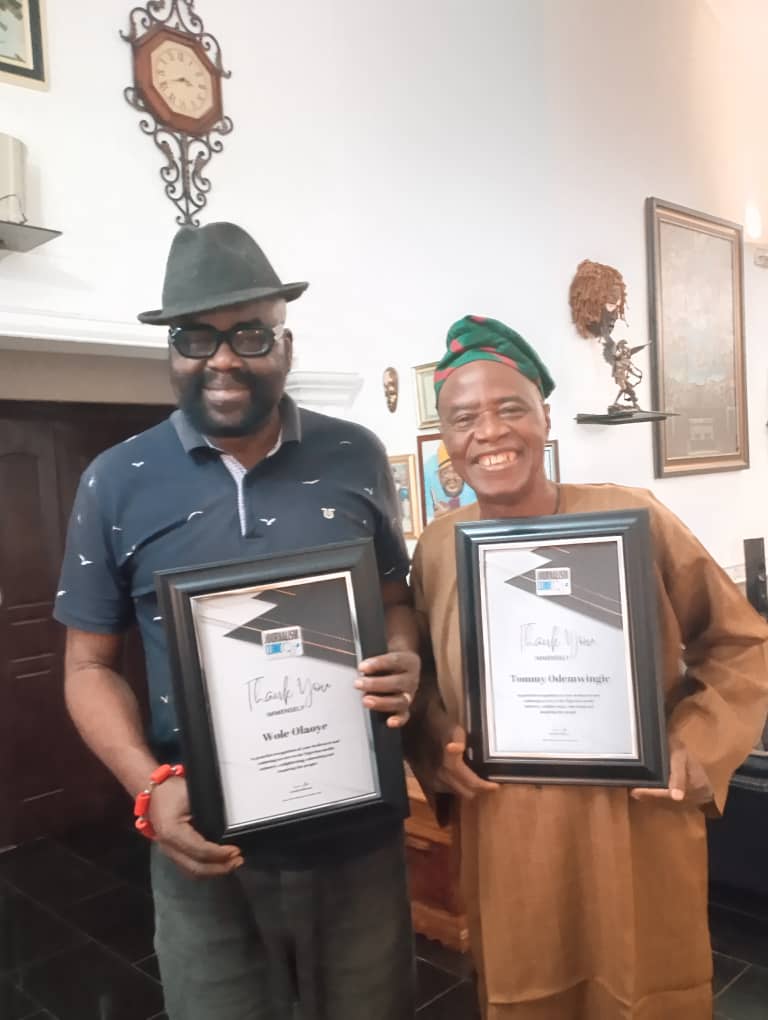
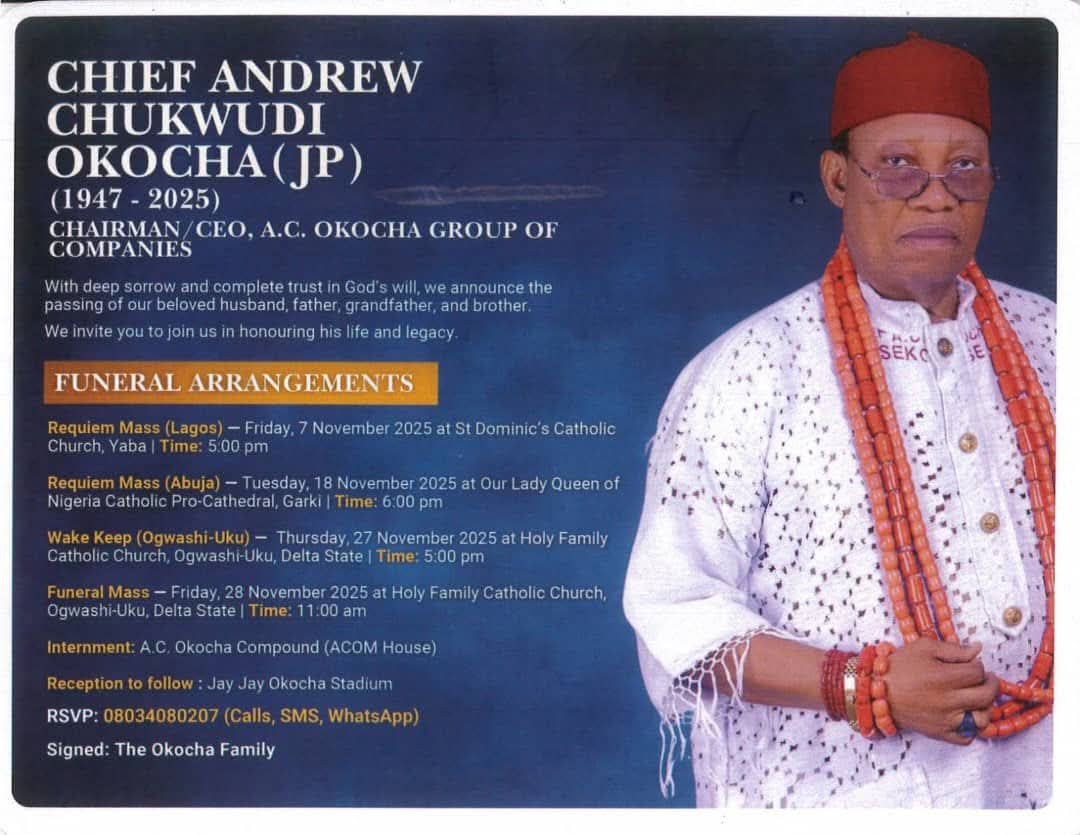

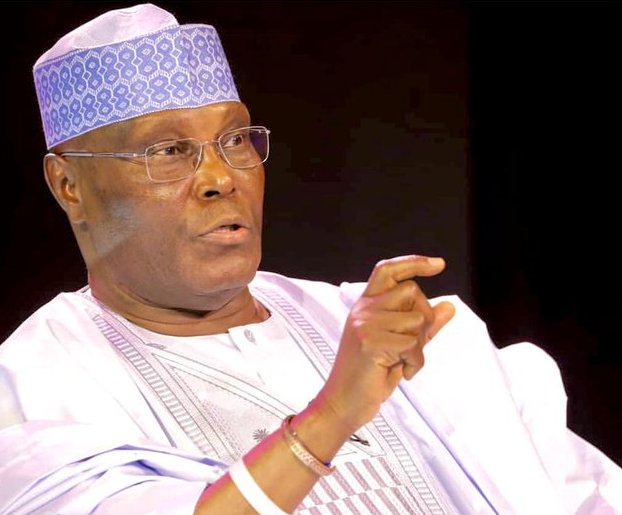

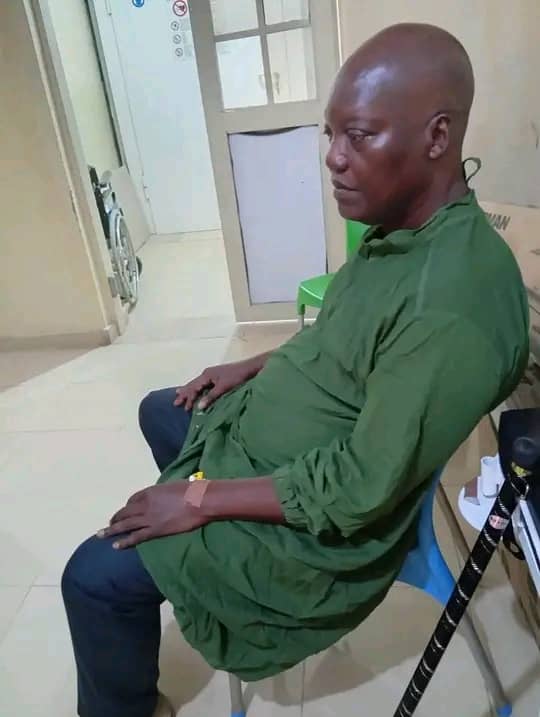

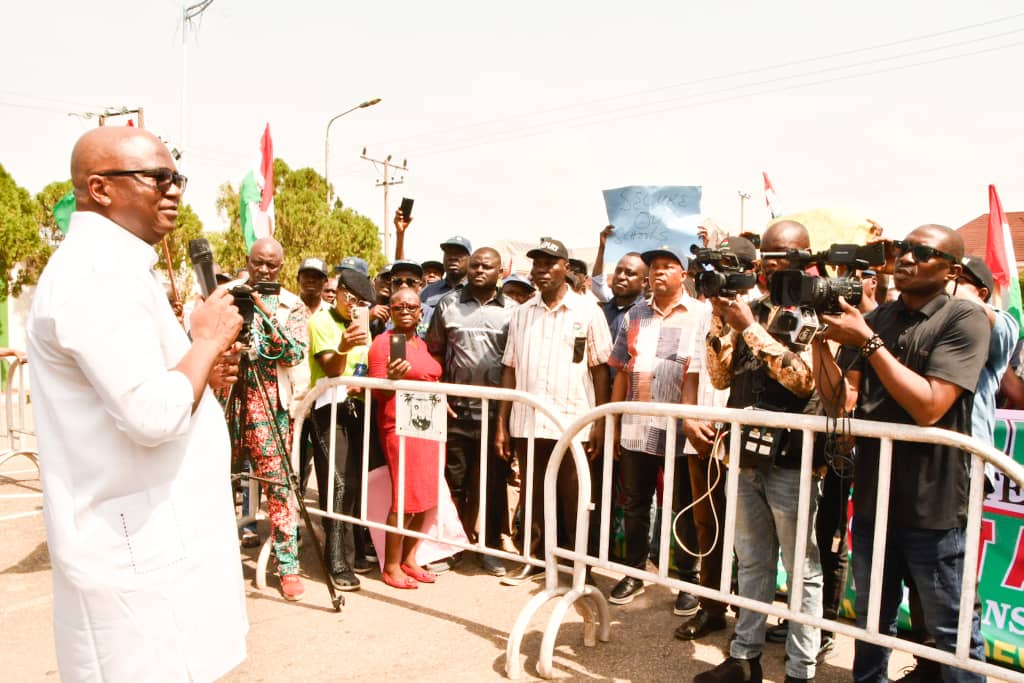


Leave a Reply